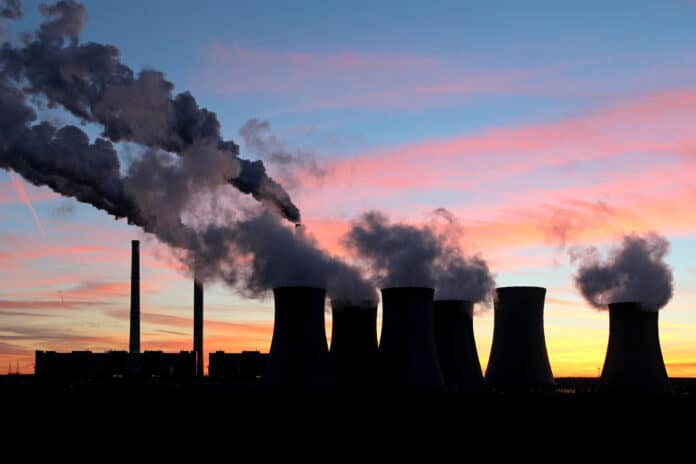
(Daily Caller News Foundation) — The maximum carbon emissions that several leading green energy states could reduce would only counter a small amount of China’s expected increase in emissions, according to a report published by the John Locke Foundation.
The report assessed the costs of “decarbonizing” electricity production across every state, standardizing each state’s maximum possible reduction in carbon dioxide emissions relative to 2005 levels in terms of how many daily minutes of new Chinese emissions those reductions would offset. The report found that states with carbon-free electricity goals, including California, New York and Minnesota, would not make much impact relative to newly generated Chinese carbon dioxide emissions.
While California, New York and Minnesota have committed to reaching 100% carbon-free energy production between 2040 and 2045, China permitted two coal plants per week on average in 2022, according to a report by the Center for Research on Energy and Clean Air. China’s de facto dictator, Xi Jinping, insinuated in July that the country would not be bound by external factors and agreements, such as the United Nations’ Paris Accords, when it comes to charting its energy future, according to the Heritage Foundation.
JOHN KERRY: “We need to get carbon dioxide out of the atmosphere.”
pic.twitter.com/DJRgXpwjRB— Daily Caller (@DailyCaller) April 22, 2021
If California reduced its emissions by the maximum of 55 million metric tons of emissions, its “decarbonized” energy production would offset less than 18 minutes worth of new Chinese emissions each day, and New York’s prospective elimination of its nearly 61 million tons of energy-related emissions would nix less than 20 daily minutes of Chinese emissions, according to the report.
Minnesota’s planned elimination of nearly 40 million tons of carbon dioxide from its energy production would offset less than 13 daily minutes of Chinese emissions, according to the report.
In contrast to the policies of the four Democrat-controlled states, Chinese climate envoy Xie Zenhua said Thursday that the complete elimination of fossil fuels is an “unrealistic” goal. California, New York and Minnesota have each passed laws tying themselves to their carbon-free energy pledges, while Democratic New Jersey Gov. Phil Murphy did so in his state via executive action.

“Because GHG [greenhouse gas] emissions spread out and mix within the troposphere, the climatic impact of GHG emissions does not depend upon source location,” according to the Bureau of Ocean Energy Management. So, any decrease to emissions in the U.S. are functionally equivalent to any increases from elsewhere in the world, including China.
The report only looks at new Chinese emissions, excluding any potential increases in the emissions produced by developing countries in Asia, the Middle East and Africa.
“A state can destroy working power plants and impoverish and endanger its own citizens, but it won’t affect the world’s climate one bit,” Jon Sanders, director of the Center for Food, Power and Life for the John Locke Foundation and the report’s author, wrote. “It can’t.”
The offices of Democratic Govs. Kathy Hochul of New York, Tim Walz of Minnesota and Gavin Newsom of California all did not respond immediately to requests for comment.
















